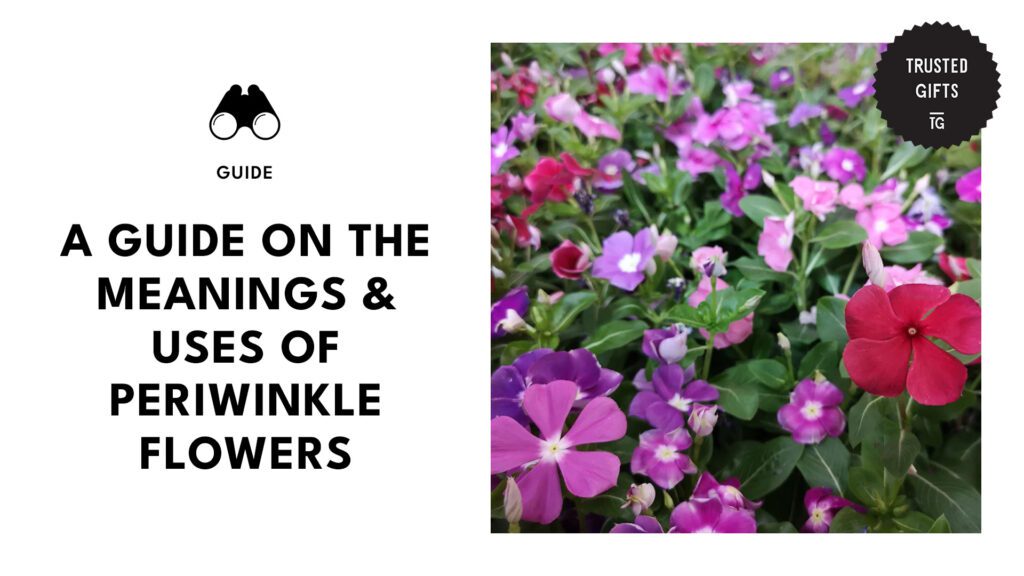Periwinkles, despite their lovely flowers, often have a bad reputation for being invasive. These tiny flowers can easily cover your entire garden in a year, even if you don’t do much to encourage growth.
But these beautiful blooms are more than just their invasive reputation. They’re meaningful flowers that can help you send a message without words, and when cared for properly, can be great erosion controls for your garden.
If you need more convincing, continue reading and discover just how amazing periwinkle flowers are!
How did the periwinkle flower get its name?
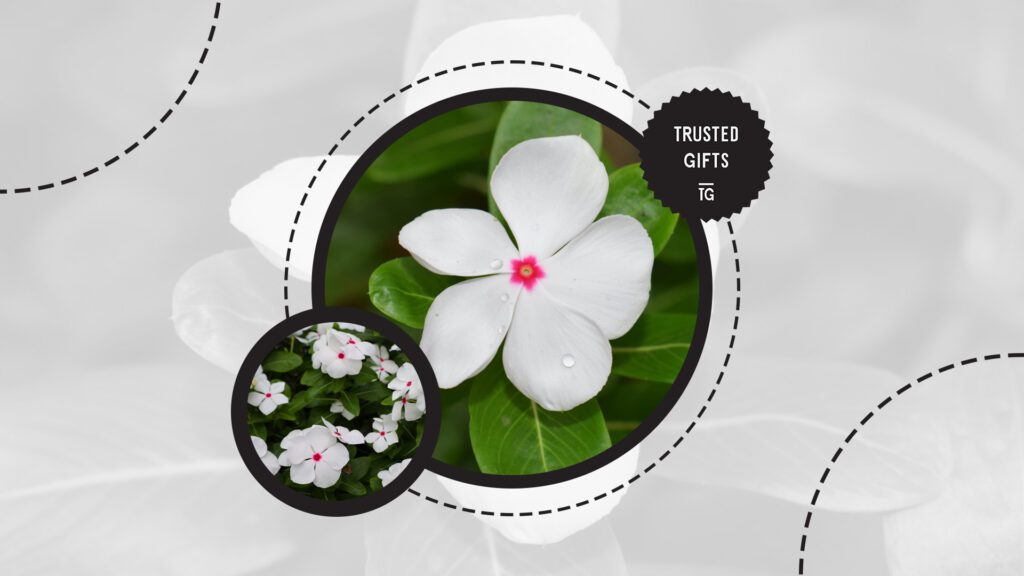

The name periwinkle is taken from the term “perivinke,” which is the Russian name of the flower. It’s derived from the word “pervi,” which means first, fitting for the flower since it’s one of the first flowers of spring.
Some refer to this flower as “Vinca,” which is the biological name of its genus. The term is believed to be taken from the Latin term “vincire,” meaning bind, which is descriptive of the long creeping vines of the flowers.
What is the botanical origin of the periwinkle flower?
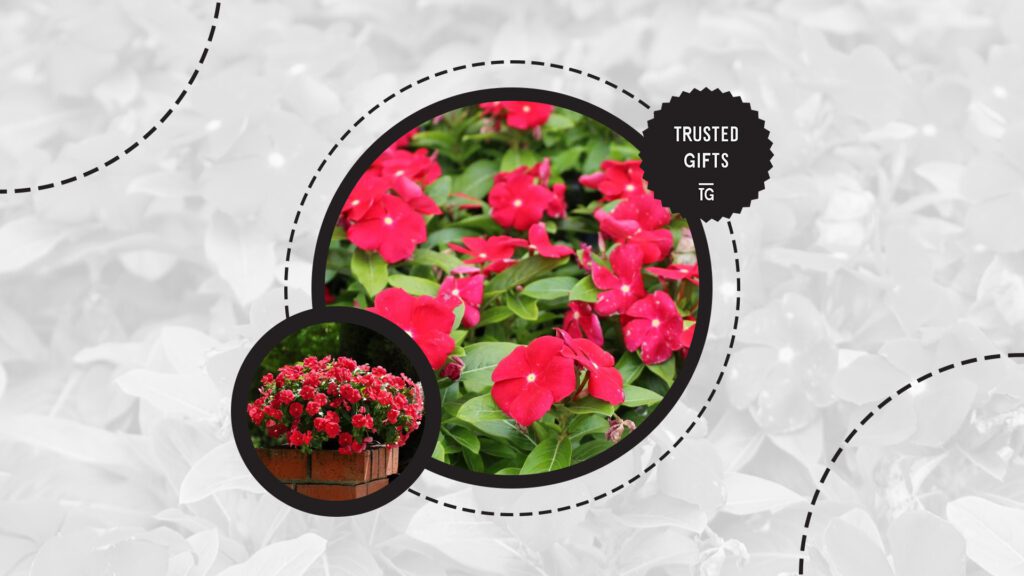

Vinca is a genus of flowering plants native to Europe, northwest Africa, and southwest Asia. It belongs to the Apocynaceae family, like oleander, bloodflower, crepe jasmine, and common milkweed.
Its most popular species, Vinca minor and Vinca major, are native to Europe, Turkey, and China. However, they were later introduced to other parts of the world, like the British Isles, North America, New Zealand, and more.
Where do periwinkle flowers grow?
Although periwinkles are native to Europe, Africa, and Asia, they now grow almost everywhere because of trade. They grow in woodlands, forests, meadows, and gardens.
The flowers typically thrive when grown in USDA Hardiness Zones 4 to 9, but they’re adaptable and adjust to a different climate if given proper care.
Do periwinkle flowers require a lot of maintenance?
Periwinkles are relatively easy to grow, so they don’t require much maintenance. Aside from basic watering and pruning, you won’t really need to do much to make periwinkles thrive.
Do periwinkle flowers need shade or sun?
Periwinkle flowers do best in partial to full shade but can still survive and grow even in full sun.
If grown in full sun, expect the green in the leaves to be a bit lighter than usual. The flowers will also not be as vibrant as they’ll be if grown in full shade.
When do periwinkle flowers bloom?
Periwinkle flowers bloom during spring, around March and April. But they may also bloom in fall and summer, depending on the weather, temperature, and the species.
What kind of soil do periwinkle flowers prefer?
Periwinkle flowers thrive best in well-draining soil that can still hold sufficient water to support the flowers’ growth.
However, the flowers are pretty adaptable plants, so they’re not extremely fussy with soil. They can survive in most garden soils.
When is the best time to plant periwinkle flowers?
The best time to plant periwinkle flowers is in spring or fall. During these seasons, the soil is cooler, and there is a better chance of rain, so the flowers are likely to survive.
Avoid planting during summer, especially if you live in a tropical country. The hot temperature will make it hard for the periwinkle flower to survive and thrive.
What do periwinkle flowers mean?
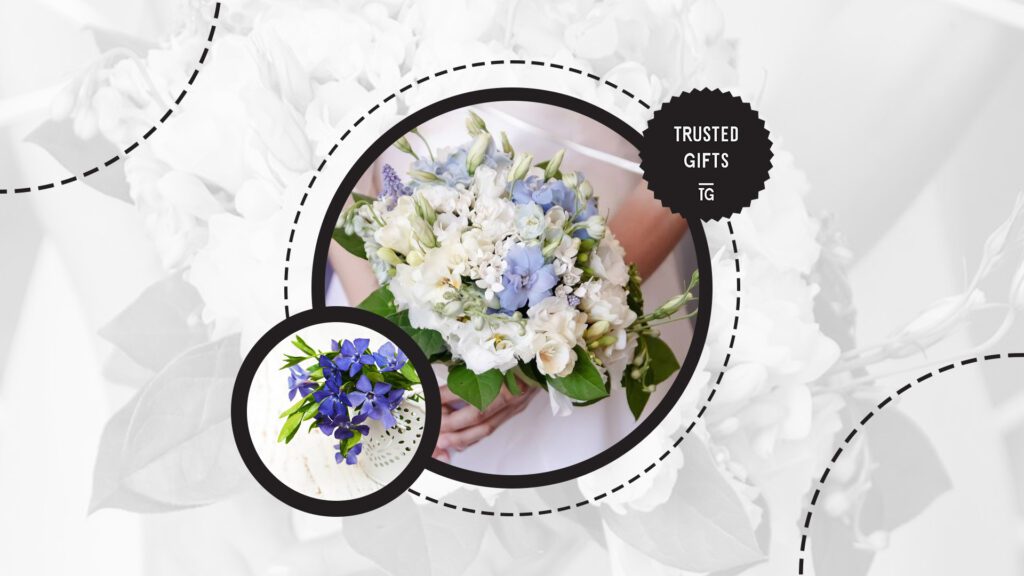

Periwinkle flowers symbolize various things, including friendship, everlasting love, perseverance, purity, chastity, serenity, and new beginnings.
The meaning of a flower can vary depending on the recipient’s culture, the event you’re celebrating, and its color.
What do the colors of periwinkle flowers mean?
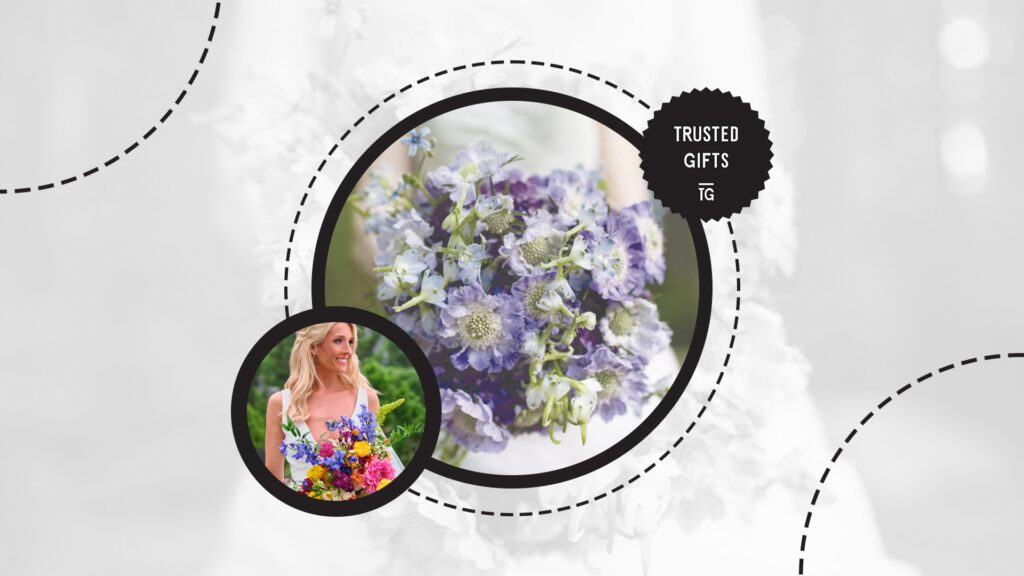

What are the cultural associations of the periwinkle flower?
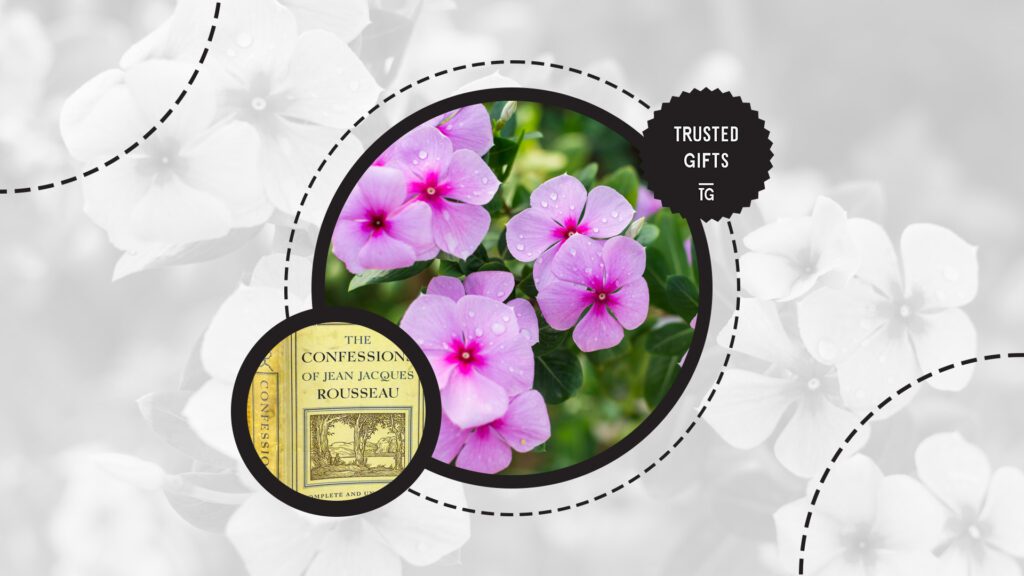

What are the spiritual or religious meanings of the periwinkle flower?
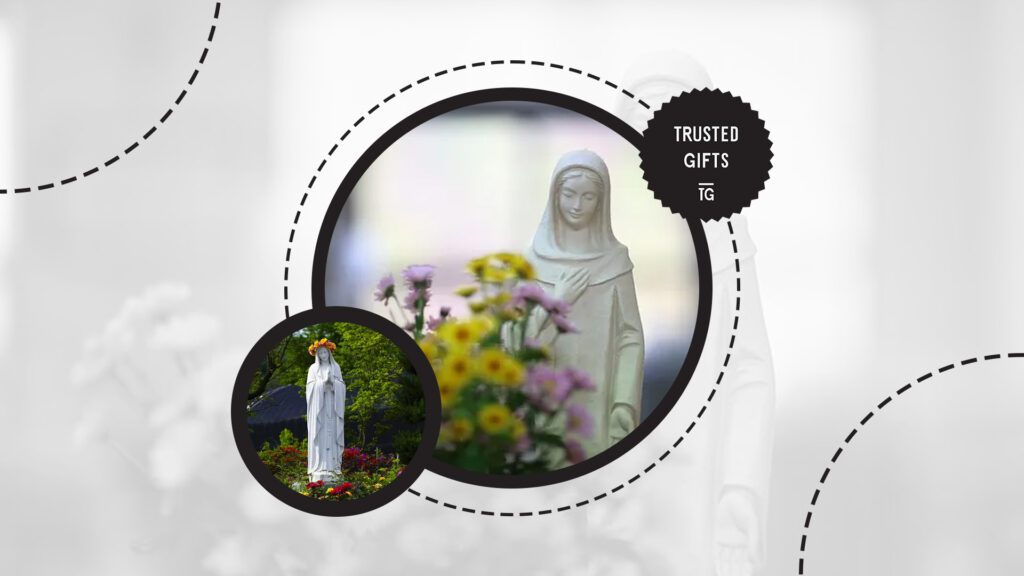

Christians associate periwinkle flowers with the Virgin Mary. Hence, they’re often used as symbols of purity, chastity, and divine motherhood.
The flowers are also often depicted in Christian art, especially since the blue color of periwinkles is reminiscent of the robes traditionally used in the Virgin Mary’s portraits.
What are the uses of the periwinkle flower?
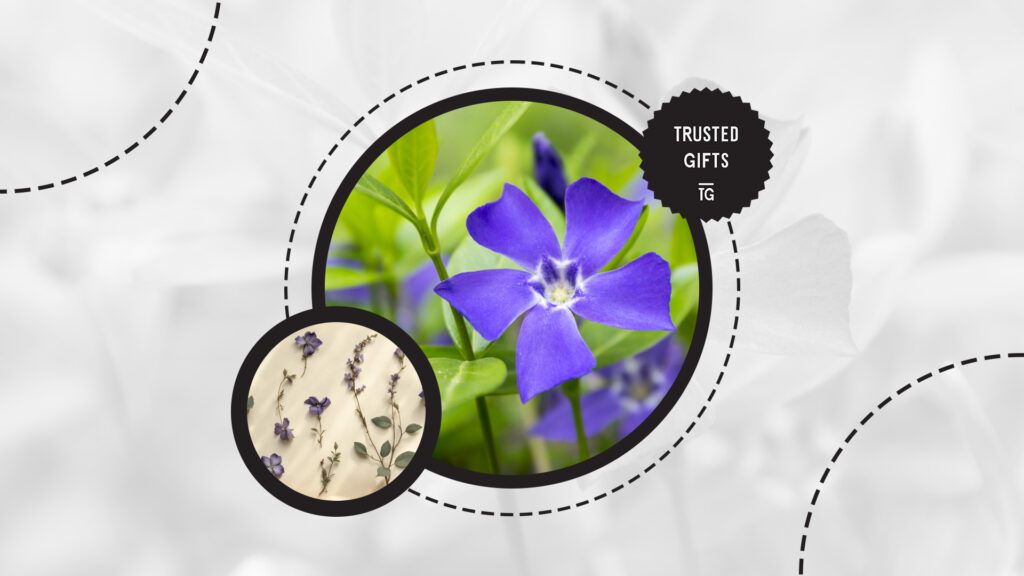

Periwinkle flowers can be used as herbal medicine, ground cover for gardens, a natural dye for various crafts, and a design for pendants and other types of jewelry.
Can periwinkle flowers be used as medicine?
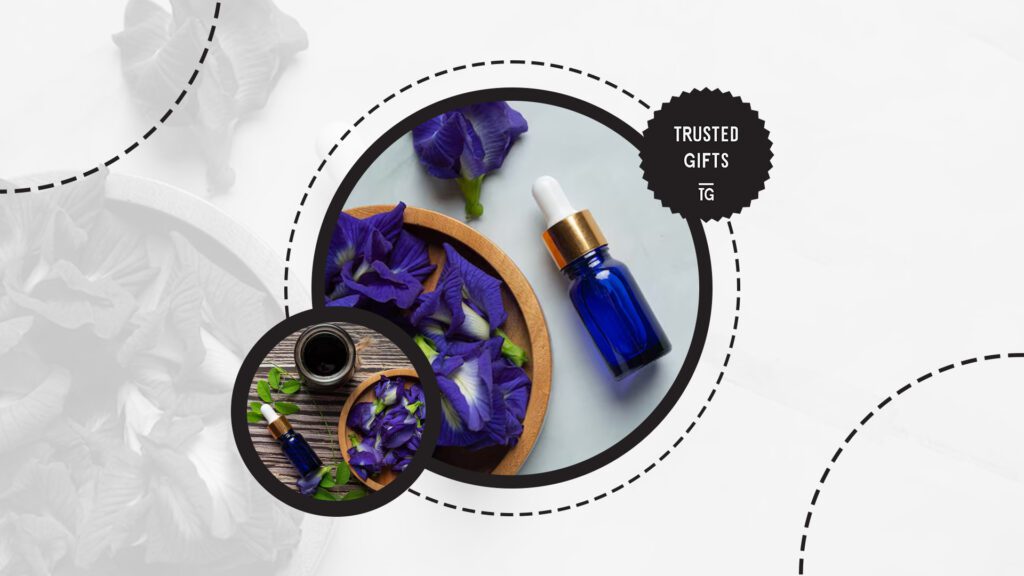

Periwinkle flowers can be used as traditional herbal medicine. They have a history of being used to treat canker sores, hearing loss, Alzheimer’s disease, coughs, colds, diabetes, and sore throats.
The flowers were found to have astringent properties that can reduce swelling caused by canker sores.
Some studies have also found that certain varieties have vincamine alkaloids that are believed to be helpful in improving symptoms of Alzheimer’s and cancer.
However, even with studies backing up these claims, periwinkle flowers are toxic and cause nausea or vomiting if not used properly. Before using them, make sure you consult with a medical professional.
How can periwinkle flowers be used in gardening?


Periwinkle flowers can be used as ground cover plants, as erosion control on slopes or banks, and as garden borders.
The flowers are low-growing and have a trailing habit, making them excellent in filling in bare areas in the garden and preventing weeds from growing. Plus, they produce beautiful flowers that are perfect for adding more color to the garden.
When used as ground cover, periwinkle flowers can also help shield the soil from rainfall and water runoff, helping prevent erosion. The flowers also spread quickly, which helps create an extensive network of roots that can keep the soil intact and stable.
How can periwinkle flowers be used in arts and crafts?
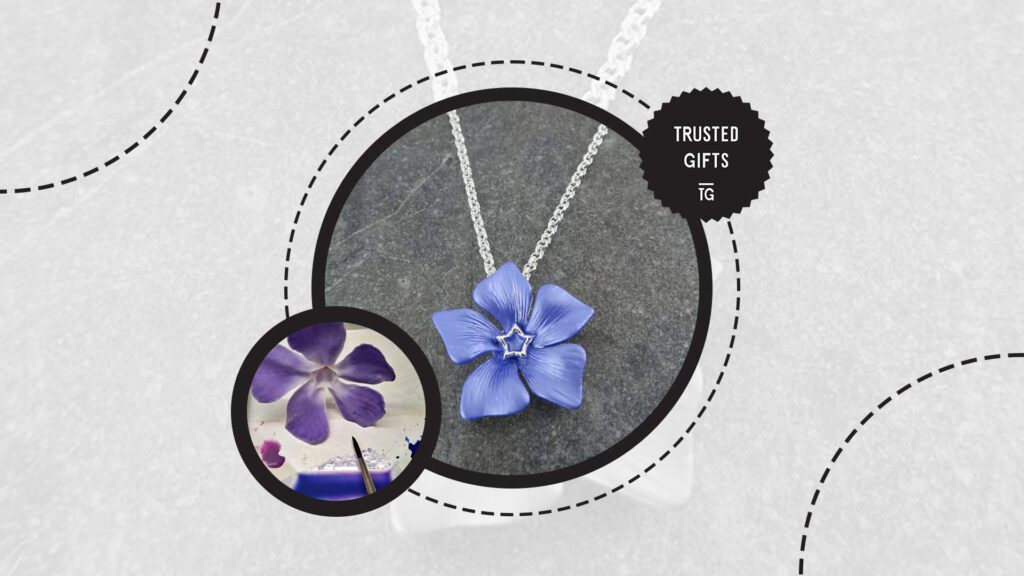

You can boil the petals of periwinkle flowers to extract pigments and create a natural dye. You can also dry the flowers and make pressed flower art or jewelry.
Since periwinkles come in various vibrant colors, they can easily be used to dye various surfaces. After boiling the petals for over an hour, you can use the extract to dye fabric, yarn, Easter eggs, papers, and other craft projects.
Pendants made of preserved flowers in resin are also becoming increasingly popular, so you can use a periwinkle petal for that. You can also frame up a couple of dried and pressed periwinkles for decoration in your room or home.

